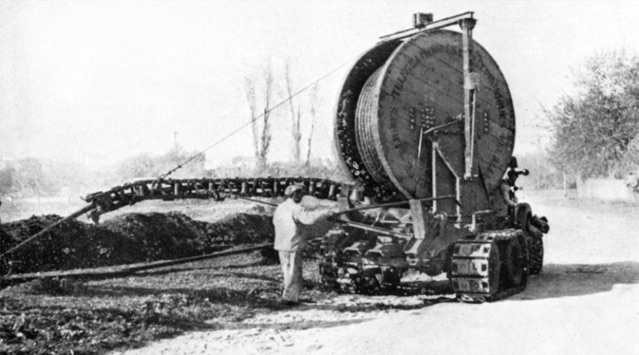EXTERIOR NETWORKS

Long-distance networks
Long-distance Networks comprise both telegraph poles and lines, cables in conduits, or cables buried directly under fields.
At first there were only pairs of copper wires, supported by porcelain or glass insulators. These wires were fixed to wooden crossbars, which in turn were attached to wooden poles. They were called bare wire aerial lines.
Each pair of wires corresponded to a circuit, or voice channel, for a particular conversation. As you might imagine, when demand for circuits increased, the system was quickly overwhelmed. As a response, alternatives were sought that involved grouping together pairs of wires. These were properly isolated from each other, forming protected pairs of cables inside a cover that was initially made of lead, but later would be made of plastic.
Urban Networks
Urban Networks connect subscribers to each other via wires and cables that are sited in underground conduits, affixed to walls or hidden in ducts within buildings.
Long-distance testers
Long-distance testers, like the one you see in this room, were placed at both ends of lines. They were equipped with devices for testing the characteristics of each line.
They used a measuring device, known as a Wheatstone Bridge. With this it was possible to detect if a failure was due to wires getting crossed, a break in the line, or earthing problems. These faults were often caused by deterioration of the insulation.
Urban testers
Urban testers were used to verify and test both the state of the line and the status of the user’s equipment. This testing was put into operation whenever the company was informed of breakdowns or malfunctions. After testing, it was decided if the service department had to intervene to fix the line, or go to the subscriber's home to repair or replace the telephone.

